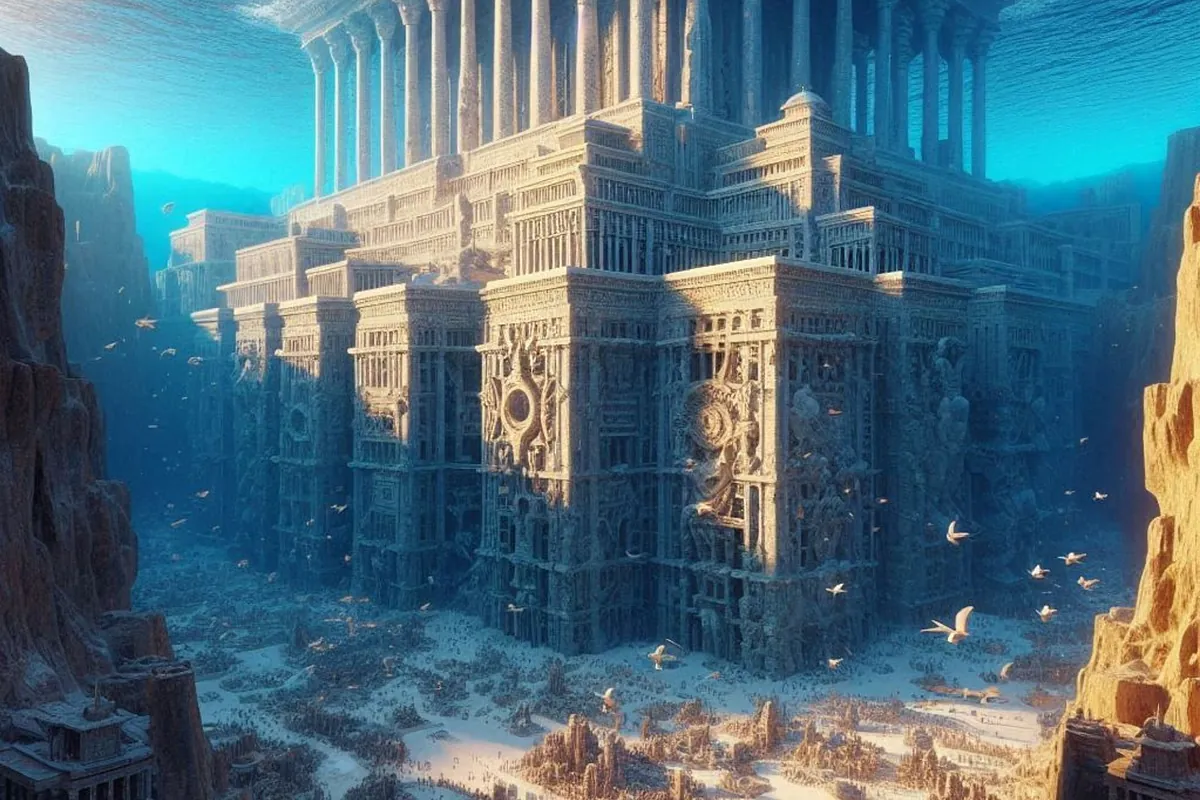

For centuries, the lost city of ‘Atlantis’ has remained one of history’s greatest mysteries: part legend, part science, and part wishful thinking. But a massive stone structure resting beneath the waves off the coast of Japan has reignited the debate with more force than ever. Known as the Yonaguni Monument, this 90-foot underwater formation has left scientists and divers equally stunned, and some now believe it could predate Egypt’s pyramids… by thousands of years.
Sitting just 82 feet below the surface near Japan’s remote Ryukyu Islands, the Yonaguni Monument isn’t new; it was discovered in 1986. But its sharp edges, terraced steps, and temple-like shape are so eerily precise that many researchers are beginning to ask: is this the real-life Atlantis? Could this be the work of an ancient civilization we’ve never heard of?
The structure, believed by some to be more than 10,000 years old, would make it older than Stonehenge, older than the pyramids of Giza, possibly the oldest known man-made site on Earth. That timeline, if proven, would completely reshape our understanding of human achievement. Supporters of the theory believe the Yonaguni Monument could belong to a long-lost culture, even one that predates agriculture itself. A civilization that vanished under the sea, leaving behind only stone and questions.
Not everyone agrees. The scientific community is divided. Boston University geologist Robert Schoch believes the site is just a natural sandstone formation, shaped over time by earthquakes and erosion. But others, like author Graham Hancock and Japanese geologist Masaaki Kimura, argue that the carving is too intentional, too structured, to be an accident. Kimura has even linked the monument to a lost continent called “Lemuria,” often mentioned alongside Atlantis in ancient mythologies.
So what’s buried beneath the waves of Yonaguni? A natural quirk of geology, or the last remains of a forgotten world? This sunken monument has captured the imagination of scientists, explorers, and dreamers around the world. And whether it’s reality or fantasy, the search for answers continues deep within the Earth’s oldest cracks, beneath the sea.
This news was originally published on this post .







Be the first to leave a comment